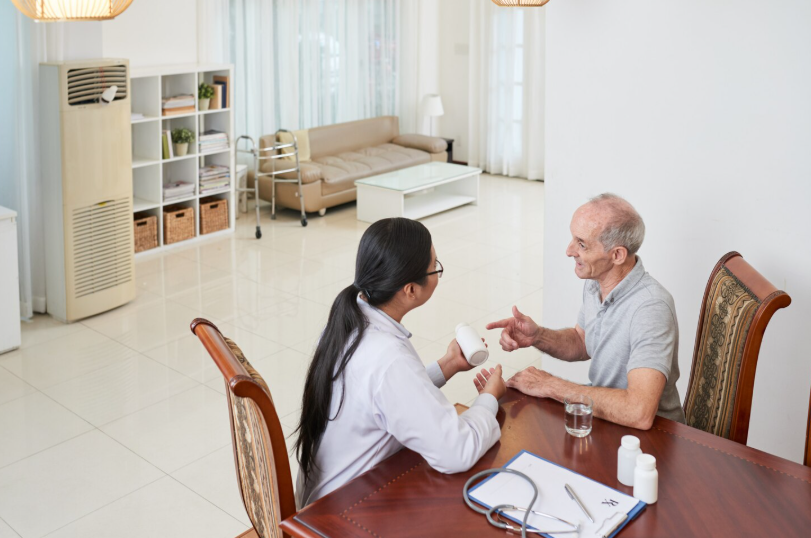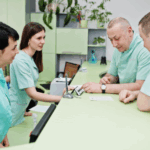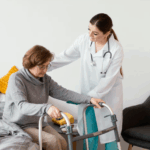Preface:
Ensuring patient safety during in-home healthcare services is pivotal to achieving positive health issues and a comfortable recovery. There are practical safety tips designed for cases and families entering home-based medical and nursing care.
The significance of At-Home Patient Safety
Receiving care at home offers numerous benefits — familiar settings, family support, and less independence. Still, it also requires careful attention to help prevent accidents, infections, and drug crimes. Taking up proven home safety strategies helps cover cases and gives families peace of mind.
Home Risk Assessment and Planning.
Prior to care, find out a detailed threat assessment of the living area. Look in areas that may have hazards like loose hairpieces, bad walk ways, inadequate lighting and lack of grab rails or guardrails.
- Determine mobility needs and implement required modifications on cabinetwork and design.
- The medical outfit must be in good working condition and everybody should know how to use it.
Prevention of Falls and Accidents.
- Fit grab bars in the bathrooms and stair handrails.
- Eliminate running hazards, tidy up junk, fasten loose carpets and provide smooth and easy access paths.
- Enhance lighting in the house especially at the entrances, staircases and elevated- business premises.
- Wear clumsy shoes or non-slip stockings in instances that do not keep the person in bed.
Medication Management
- Keep a list of medicine by the date, and in easy to read format, where it can be seen.
- Take mementos or pill boxes to remind of missed or taken twice.
- Provide information to patients and caregivers with regard to potential side effects and how to dispose of unused or expired medications.
Infection Control
- Use a cleaner or hand sanitizer as a practice of washing hands.
- Wash medical clothing, cracking sites, and most frequently touched surfaces clean and frequently disinfected.
- Terminate visitors and make sure that the hands of all the guests are washed before entering into patient zones.
Emergency Preparedness
- Fix fire extinguishers and fume detectors in your resident.
- Place post-emergency numbers and physician connections beside patient beds.
- Have a first aid tackle and a few days of details to hand.
- Talk about and practice evacuation or extremity plans with family and family caregivers.
Effective Communication and Supervision.
- Build free channels of communication between the patient and caregivers, as well as the healthcare professionals.
- The program used repeated home nursing visits to check on the health and safety of the patient.
- Request patients and family to record changes in health, equipment issues or protection impact immediately.
Conclusion: Better Home Care through Priority of Safety.
The quality of in-home healthcare is concerned with patient safety. Through active correlation of dangers, control of details, drilling infection control, and emergency planning, you create a safer, happier recovery or continuing care situation.
To make the safety evaluations and in-home assistance a professional business, visit MasterCareServices.com and have their professionals look after your loved one with high regard.





